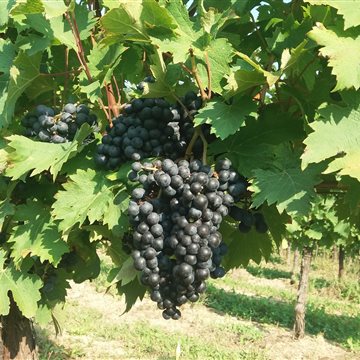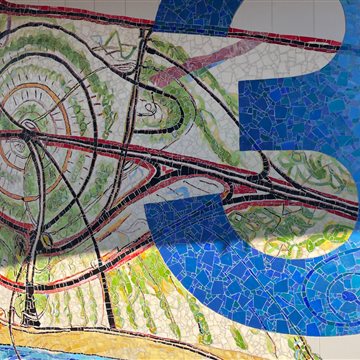



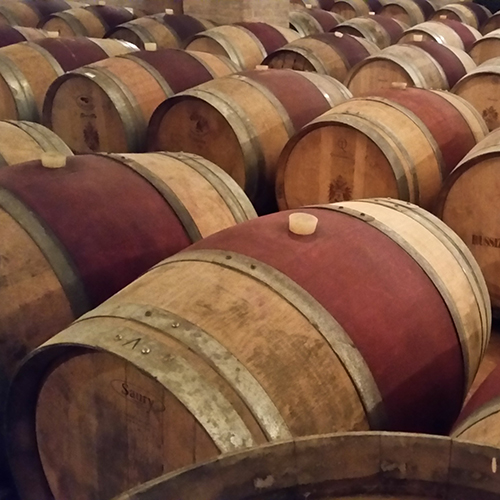
Ogni appassionato di vino ha una regione o zona vinicola preferita. Ma quando volete cercare vini bianchi diversi, che non troverete altrove nel mondo, è necessario venire in Italia. Qui, nell'angolo nord-est del Paese, si trova il Friuli Venezia Giulia, la più importante regione vinicola italiana per la produzione di vini bianchi.
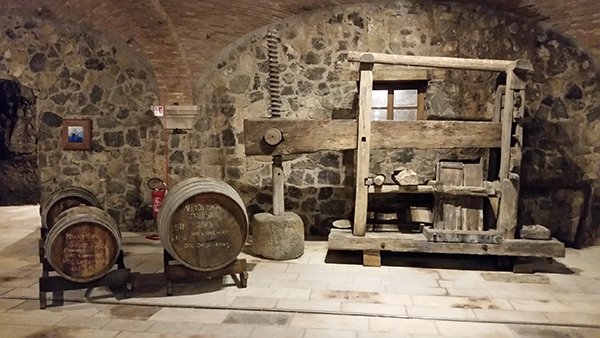
La regione ha quattro DOCG (Denoninazione di Origine Controllata e Garantita): Ramandolo, Colli Orientali del Friuli Picolit, Lison e Rosazzo. Inoltre, ha 10 DOC: Carso, Friuli Colli Orientali, Collio, Friuli Annia, Friuli Aquileia, Friuli Grave, Friuli Isonzo, Friuli Latisana, Lison Pramaggiore e Prosecco. Infine c’è una Indicazione Geografica Tipica attribuita a tutta la regione: IGT Venezia Giulia.
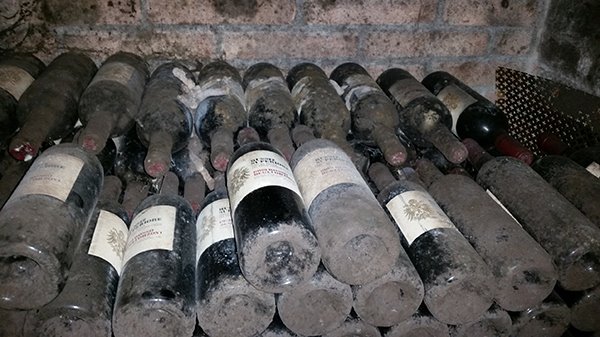
Il terreno più diffuso in Friuli Venezia Giulia è il Flysch, roccia sedimentaria caratterizzata da diversi strati di arenarie, sabbie e marne risalente all’Eocene. Geograficamente si trova tra il mare Adriatico e le Prealpi Giulie, sotto l’influenza della Bora, che contribuisce a creare un microclima in cui le variazioni termiche sono importanti e la brezza del mare regola l’umidità, favorendo la crescita dell'uva.
In Friuli i vigneti si estendono per oltre 20.000 ettari. Qui si trovano un certo numero di cantine specializzate nella produzione di vini bianche. Ci sono vini secchi, semidolci, dolci, frizzanti in alcuni casi, tutti realizzati con la stessa varietà di uva. Si possono trovare vini invecchiati in serbatoi di acciaio inox, altri in botti di legno, infine, alcuni che combinano i due metodi.

Tra i bianchi secchi predominano le varietà locali come la Malvasia Istriana, il Friulano (precedentemente noto come Tokai Friulano), la Ribolla Gialla (forse la varietà locale più rappresentativa), la Glera, il Prosecco, il Verduzzo, il Pinot Grigio, e poi anche vitigni internazionali come il Sauvignon o Chardonnay.
Nel Collio, per esempio, circa l'85% della produzione è destinata ai vini bianchi. Qui si producono vini così particolari, utilizzando il Pinot Grigio, che sono in grado di competere in contesti internazionali. Questa zona ha anche una particolarità: si trova presso il confine con la Slovenia. Così, diversi stili e culture si mischiano, producendo lo stesso vino, a volte separati solo da una strada o di un fiume.
Pur essendo una regione non troppo estesa, ci sono zone in cui ogni varietà cresce meglio. Il Pinot Grigio e Ribolla Gialla spiccano soprattutto nella zona di Gorizia. Il Friulano e Malvasia a nord di Cormons e la Vitovska nel Carso, per citarne alcune. Tra i vini bianchi dolci, ce ne sono due considerati storici. Il Picolit, per esempio, viene prodotto da diverse aziende vinicole sparse in tutta la regione dall’omonima uva, seccata dal sole o raccolta tardivamente, che dà un grande risultato e si combina bene con una grande varietà di cibi e dessert per la sua eleganza e finezza.
Inoltre, abbiamo vini dolci ottenuti dall’uva Verduzzo. Questa varietà viene coltivata in Friuli e in Veneto, ma la miglior qualità si trova nella zona DOCG Ramandolo, a nord di Udine. Esistono anche bianchi secchi che utilizzano il Verduzzo, ma è nei vini semisecchi che emerge la sua densità e aroma di miele.
Molte cantine che producono vini bianchi e rossi, producono anche un vino frizzante usando la Ribolla Gialla e in alcuni casi aggiungendo una piccolo quantità di Pinot Nero. Possiamo trovare anche il Teran frizzante, ma soprattutto abbiamo il Prosecco, ottenuto dalla varietà di uva detta Glera.
La varietà Ribolla Gialla è la più emblematica e versatile. Ci sono vini secchi giovani, invecchiati, dolci e frizzanti. È anche la varietà più comunemente usata per fare i meravigliosi vini orange, o vini macerati, della regione. In questi ultimi il mosto deve macerare a contatto con le bucce dell’uva per un periodo variabile. Un vino raro che in Friuli raggiunge una nuova dimensione, con produttori specializzati in questo tipo di vino tra i migliori nel mondo.
Nei vini rossi abbiamo vitigni locali e anche vitigni internazionali. Tra i locali, il Teran-Terrano, Pignolo, Refosco del Peduncolo Rosso e Schiopettino (noto anche come Ribolla Nera). Di solito tutti i produttori fanno vini di un singolo vitigno con queste uve, non è comune trovare un misto questi vitigni, anche se ci sono alcuni Refosco con Merlot e Teran.
Le uve internazionali presenti in Friuli Venezia Giulia sono principalmente Merlot e, in misura minore, Cabernet Sauvignon e Cabernet Franc. Il Merlot cresce molto bene in questa area offrendo vini con tannini molto bilanciati ed allo stesso tempo eleganti. Generalmente troveremo vini di sole uve Merlot ed in alcuni casi, con una piccola aggiunta di Cabernet Sauvignon, anche se di solito inferiore al 30%.
Il Friuli Venezia Giulia è una regione dove gli amanti del vino troveranno un luogo dove soggiornare e assaggiare più di una qualità, grazie ai molti metodi di lavorazione e alle varietà che renderanno difficile scegliere.


 Chiara Cardi
Chiara Cardi
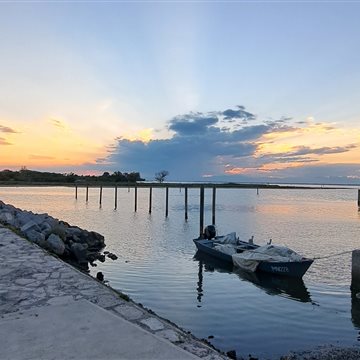
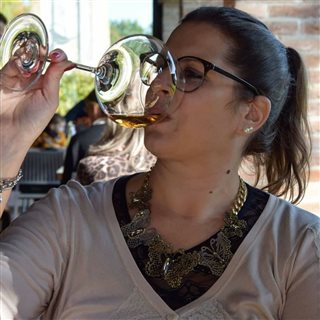 Luana Bottacin
Luana Bottacin
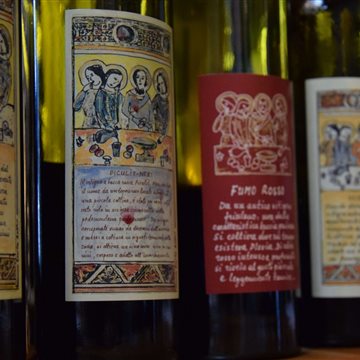
 Sergio Cuffolo
Sergio Cuffolo
